Home>Garden Essentials>Garden Plants>What Does Dry Thyme Look Like
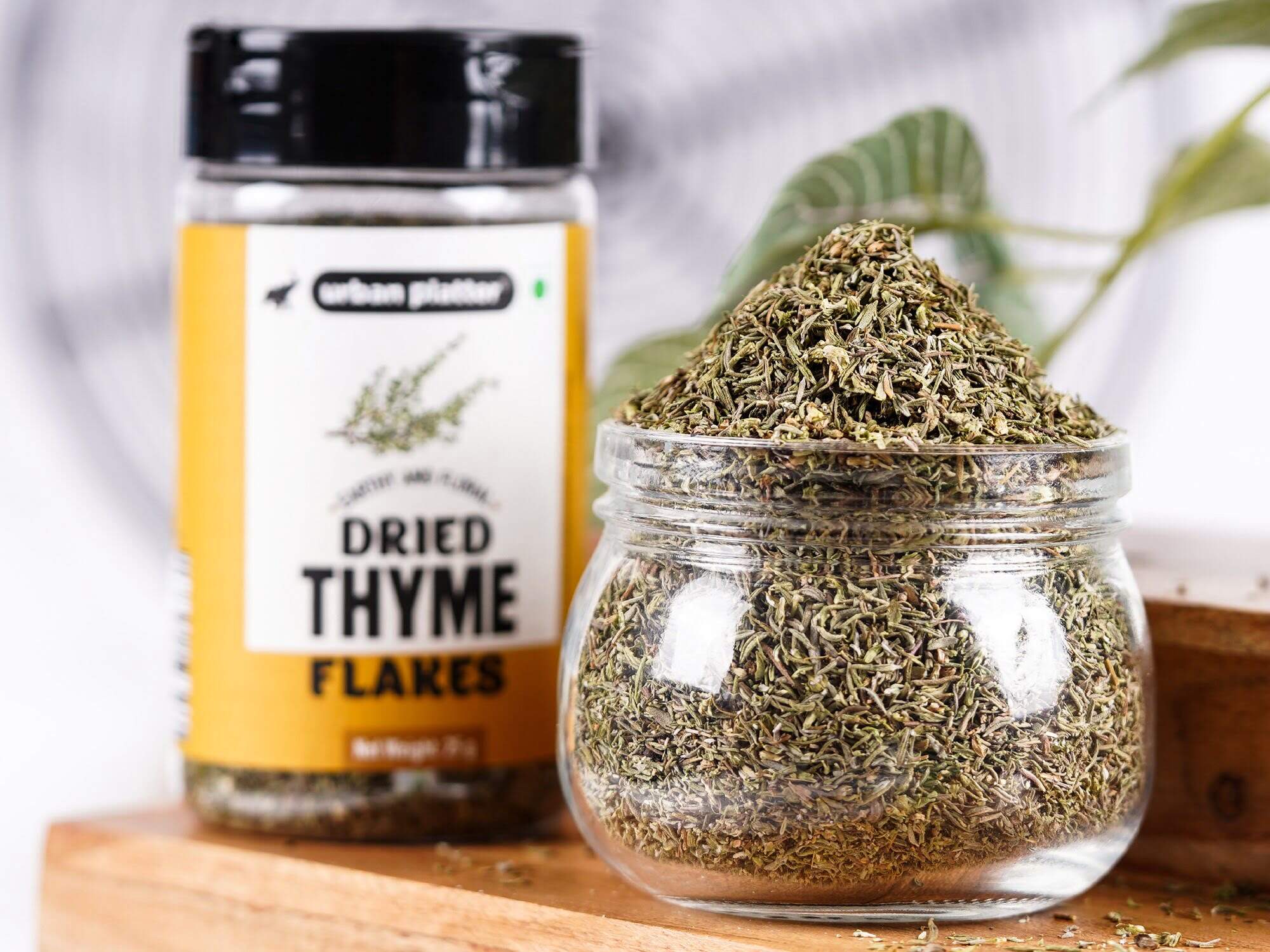

Garden Plants
What Does Dry Thyme Look Like
Modified: December 7, 2023
Discover what dry thyme, a versatile herb used in cooking, looks like and learn how to identify it. Explore the appearance and characteristics of thyme plants.
(Many of the links in this article redirect to a specific reviewed product. Your purchase of these products through affiliate links helps to generate commission for Storables.com, at no extra cost. Learn more)
Introduction
Thyme is a popular herb known for its aromatic and flavorful properties. It is commonly used in many culinary dishes, including soups, stews, marinades, and sauces. While thyme is often used fresh, it can also be dried and used in its dried form. Understanding what dry thyme looks like is essential for any chef, home cook, or gardening enthusiast.
In this article, we will explore the characteristics of dry thyme, including its color, texture, size, and scent. We will also discuss the importance of recognizing dry thyme’s appearance and how it can impact the overall cooking experience. So, let’s dive in and discover what dry thyme looks like!
Key Takeaways:
- Dry thyme’s appearance changes when dried, with a muted color, brittle texture, smaller size, and earthy scent. Recognizing these characteristics is crucial for culinary use, storage, and gardening practices.
- Understanding what dry thyme looks like empowers chefs and home cooks to confidently select, use, and store this versatile herb effectively. Its unique appearance enhances culinary creations and gardening endeavors.
Read more: What Does Thyme Look Like?
Characteristics of Dry Thyme
Dry thyme possesses distinct characteristics that set it apart from its fresh counterpart. These characteristics contribute to its unique appearance and make it easily recognizable. Let’s explore some of these key features:
- Color: When thyme is dried, its vibrant green color transforms into a more muted shade. Dry thyme typically takes on a pale green or brownish hue, depending on the drying process and the age of the herb.
- Texture: The texture of dry thyme is quite different from fresh thyme. It becomes more brittle and crumbly, allowing it to be easily crushed or ground into a powder. The dry leaves also lose their softness and instead have a slightly rough texture.
- Size: The size of dry thyme leaves can vary, but they are generally smaller and thinner compared to fresh leaves. The drying process causes the leaves to shrink and become more compact, resulting in a denser appearance.
- Scent: While the aroma of dry thyme is not as potent as that of the fresh herb, it still retains its distinctive fragrance. The scent is earthy, warm, and slightly floral, making it a beloved addition to many culinary creations.
These characteristics collectively contribute to dry thyme’s visual and sensory profile. Recognizing these features is important when incorporating it into your cooking or when identifying it in herb blends and recipes.
Color of Dry Thyme
When thyme leaves are dried, their color undergoes a noticeable transformation. The vibrant green hue of fresh thyme fades into a more subdued shade, ranging from pale green to a brownish color.
The specific color of dry thyme can vary depending on several factors, including the drying process and the age of the herb. Thyme that has been air-dried may retain more of its green color compared to thyme that has been dehydrated using a machine or oven. However, it is common for dried thyme to have a more muted and earthy appearance.
As thyme ages, its color may also darken, resulting in a deeper brownish shade. This change in color does not necessarily indicate a loss in quality or flavor; it simply reflects the natural progression of the herb as it dries and ages.
When using dry thyme in your cooking, it’s important to consider the impact that its color can have on the aesthetics of your dishes. The muted colors of dried thyme can blend well with other herbs and spices, providing a warm and earthy undertone to your culinary creations.
It’s worth noting that the color of dry thyme can vary between brands and sources. Some may have a lighter, more vibrant green color, while others may be darker and closer to brown. Ultimately, the color is just one aspect of dry thyme’s overall appearance, and it’s the flavor and aroma that truly shine through when it is used in your cooking.
Texture of Dry Thyme
The texture of dry thyme differs significantly from that of fresh thyme. When thyme leaves are dried, they become more brittle and crumbly, offering a unique texture that is distinct from their fresh counterparts.
Unlike the soft and pliable nature of fresh thyme leaves, the dry leaves have a more rigid and fragile structure. They can be easily crushed or ground into a coarse powder, which makes them convenient and versatile for various culinary applications.
The dry thyme leaves also exhibit a slight roughness on their surface. This rough texture adds an interesting dimension to dishes where dry thyme is used as a topping or garnish. It can provide a subtle, visual accent to the overall presentation of your culinary creations.
The change in texture from fresh to dry thyme impacts how the herb is incorporated into recipes. In dishes where thyme is simmered or cooked for an extended period, the dry leaves rehydrate and soften, releasing their essence into the dish. However, it’s important to note that the dry leaves do not regain the same tender texture as fresh thyme.
When using dry thyme in your recipes, you might want to consider the texture it will bring to the dish. For example, a sprinkle of crushed dry thyme over roasted potatoes adds a delightful crumbly texture and a burst of flavor.
Overall, the texture of dry thyme adds an element of interest and versatility to your culinary explorations. Whether you’re using it as a seasoning, garnish, or ingredient, the crumbly and rigid texture of dry thyme adds a unique sensory experience to your dishes.
Dry thyme looks like small, dried leaves that are a grayish-green color. It should have a strong, aromatic scent. When purchasing, look for leaves that are whole and not crushed.
Size of Dry Thyme Leaves
The size of dry thyme leaves varies compared to their fresh counterparts. As thyme leaves dry, they naturally shrink and become smaller and thinner in size.
When you compare dry thyme leaves to fresh ones, you will notice a noticeable difference in their dimensions. Fresh thyme leaves are larger and more plump, while dry thyme leaves are compact and smaller in size.
These reduced dimensions offer a few advantages when using dry thyme in your culinary endeavors. Firstly, the smaller size of dry thyme leaves makes them easier to handle and incorporate into dishes. They can be added directly to recipes without the need for chopping or additional preparation.
Secondly, the smaller size of dry thyme leaves ensures a more even distribution of flavor throughout your dish. When the leaves are minced or crushed during the drying process, their essential oils are released, intensifying the flavor. This allows the flavors of dried thyme to infuse into your food more efficiently.
Lastly, the smaller size of dry thyme leaves also affects their visual appeal. When sprinkled or added as a garnish, these petite leaves add a delicate touch to your culinary creations, enhancing their presentation.
When using dry thyme in your recipes, keep in mind the reduced size of the leaves compared to fresh thyme. Adjust the quantities accordingly to ensure the desired flavor profile in your dishes.
Overall, the smaller and more compact size of dry thyme leaves offers convenience, flavor intensity, and visual appeal, making them a popular choice for cooks and chefs alike.
Read more: What Does A Thyme Plant Look Like
Scent of Dry Thyme
The scent of dry thyme is one of its most distinguishing features. While the aroma may not be as potent as that of fresh thyme, it still retains its distinct and captivating fragrance.
The scent of dry thyme is often described as earthy, warm, and slightly floral. It carries hints of mint, lemon, and a subtle sweetness. This aromatic profile is due to the concentration of essential oils present in the herb, which intensify during the drying process.
When you open a jar of dry thyme, you’ll immediately be greeted by its inviting aroma. It lingers in the air and can instantly transport you to a place of comfort and culinary delight.
The scent of dry thyme not only adds depth and complexity to your dishes but also has a therapeutic effect. In aromatherapy, thyme is said to have energizing and uplifting properties, helping to invigorate the mind and promote a sense of well-being.
In the culinary world, the scent of dry thyme is often associated with traditional dishes and comfort foods. Whether it’s in a hearty stew, a fragrant Mediterranean herb blend, or a savory sauce, the aromatic presence of dry thyme enhances the overall flavor and adds a touch of warmth to the dish.
When incorporating dry thyme into your recipes, be mindful of its scent and how it complements or balances the other flavors in your dish. It can be used as a standalone herb or combined with other herbs and spices to create a harmonious blend of aromas and tastes.
Overall, the scent of dry thyme is a delightful and essential element to consider when cooking, not only for its aromatic characteristics but also for the unique culinary experience it imparts.
Importance of Recognizing Dry Thyme Appearance
Recognizing the appearance of dry thyme is of significant importance for both culinary enthusiasts and gardening enthusiasts. Understanding how dry thyme looks allows individuals to confidently select, use, and store this versatile herb effectively. Here are a few reasons why recognizing dry thyme’s appearance is crucial:
Identification: Dry thyme may look different from when it is fresh, and being able to identify it correctly is essential. The distinct color, texture, size, and scent of dry thyme help distinguish it from other herbs and prevent any mix-ups in the kitchen or garden.
Culinary Use: Knowing what dry thyme looks like enables chefs and home cooks to use it effectively in their recipes. The appearance of dry thyme provides visual cues on the amount required, as well as how to incorporate it into dishes for the desired flavor profile. Recognizing its texture and size helps determine whether it should be used whole or crushed, and if adjustments are needed for cooking times or preparation techniques.
Storage: Recognizing the appearance of dry thyme is crucial when it comes to storing it properly. Dry thyme should be kept in airtight containers in a cool, dark place to maintain its flavor and aroma. By being able to identify dry thyme, individuals can ensure they are storing it correctly and extending its shelf life.
Gardening: For gardening enthusiasts, recognizing the appearance of dry thyme is valuable during the harvesting and drying process. Being able to identify when thyme is ready for harvesting and when it has sufficiently dried ensures optimal flavor and quality when using it in culinary applications.
Overall, recognizing the appearance of dry thyme plays a vital role in its identification, culinary use, storage, and gardening practices. It empowers individuals to confidently incorporate this versatile herb into their dishes, create delightful flavors, and truly appreciate the unique qualities that dry thyme brings. Whether you’re a professional chef or an avid home cook, understanding what dry thyme looks like is key to unlocking its full potential in your culinary explorations.
Conclusion
Dry thyme possesses unique characteristics that set it apart from its fresh counterpart. Understanding what dry thyme looks like is essential for chefs, home cooks, and gardening enthusiasts alike. By recognizing its appearance, individuals can confidently select, use, and store dry thyme effectively.
The color of dry thyme typically ranges from pale green to a brownish hue, reflecting the drying process and the age of the herb. Its texture becomes brittle and crumbly, allowing it to be easily crushed or ground into a powder. The leaves of dry thyme are smaller and thinner compared to fresh thyme, making them convenient to handle and ensuring a more even flavor distribution in recipes.
While the scent of dry thyme may not be as potent as that of fresh thyme, it retains its distinctive fragrance. The earthy, warm, and slightly floral aroma of dry thyme adds depth and complexity to dishes, creating a delightful sensory experience.
Recognizing the appearance of dry thyme is important for several reasons. It helps with identification, ensuring it is not mistaken for other herbs. It guides culinary use, allowing for accurate measurement and incorporation into recipes. It also aids in proper storage, extending the shelf life and maintaining flavor and aroma. For gardening enthusiasts, recognizing dry thyme’s appearance is crucial during harvesting and drying, ensuring optimal quality.
In conclusion, by understanding what dry thyme looks like, individuals can fully harness its potential in the kitchen and garden. Whether you’re garnishing a dish, seasoning a sauce, or adding an aromatic touch to a stew, dry thyme brings a unique flavor and aroma that enhances culinary creations. So, next time you reach for dry thyme in your pantry or garden, take a moment to appreciate its distinct appearance and the wonderful impact it can have on your cooking and overall dining experience.
Frequently Asked Questions about What Does Dry Thyme Look Like
Was this page helpful?
At Storables.com, we guarantee accurate and reliable information. Our content, validated by Expert Board Contributors, is crafted following stringent Editorial Policies. We're committed to providing you with well-researched, expert-backed insights for all your informational needs.
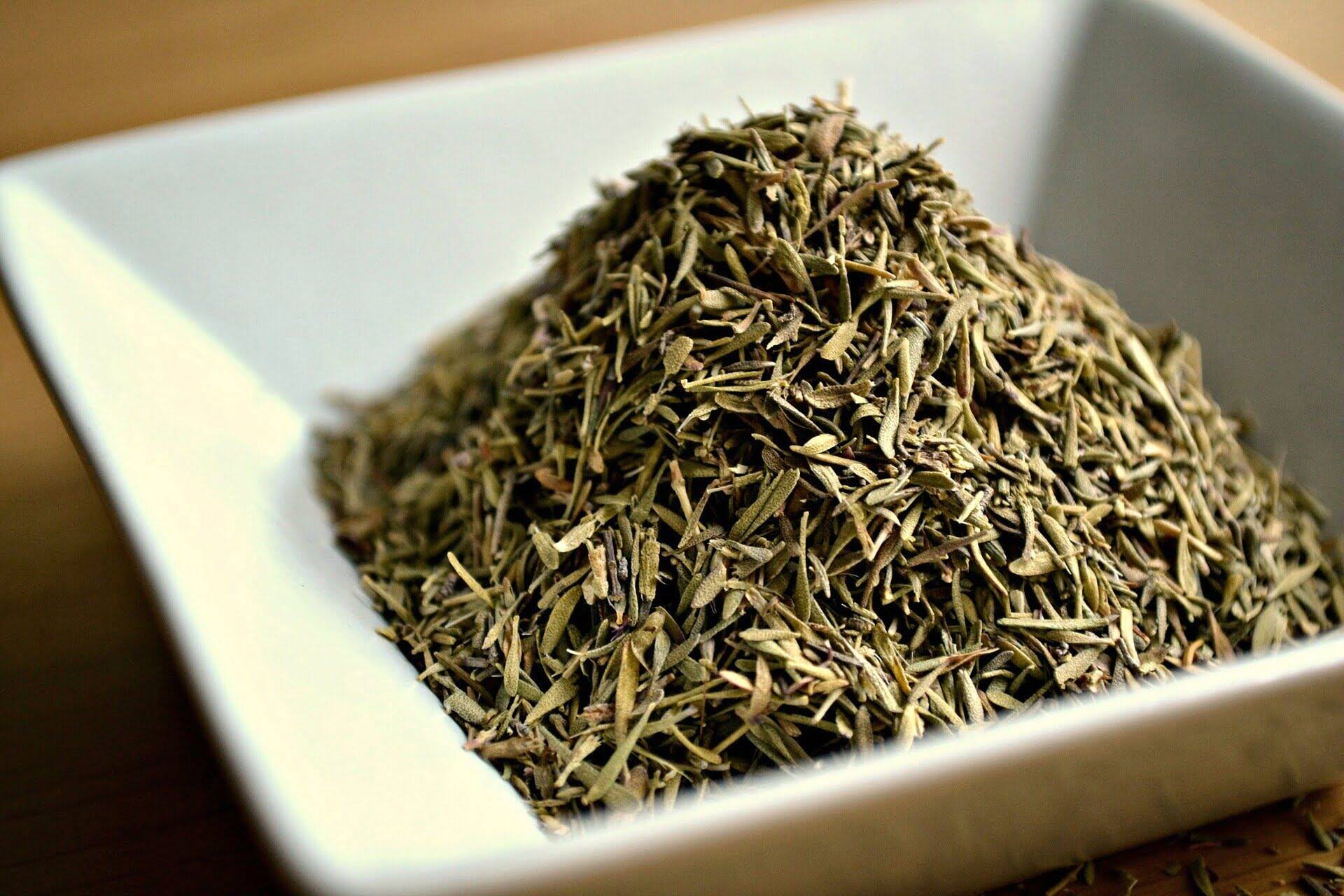

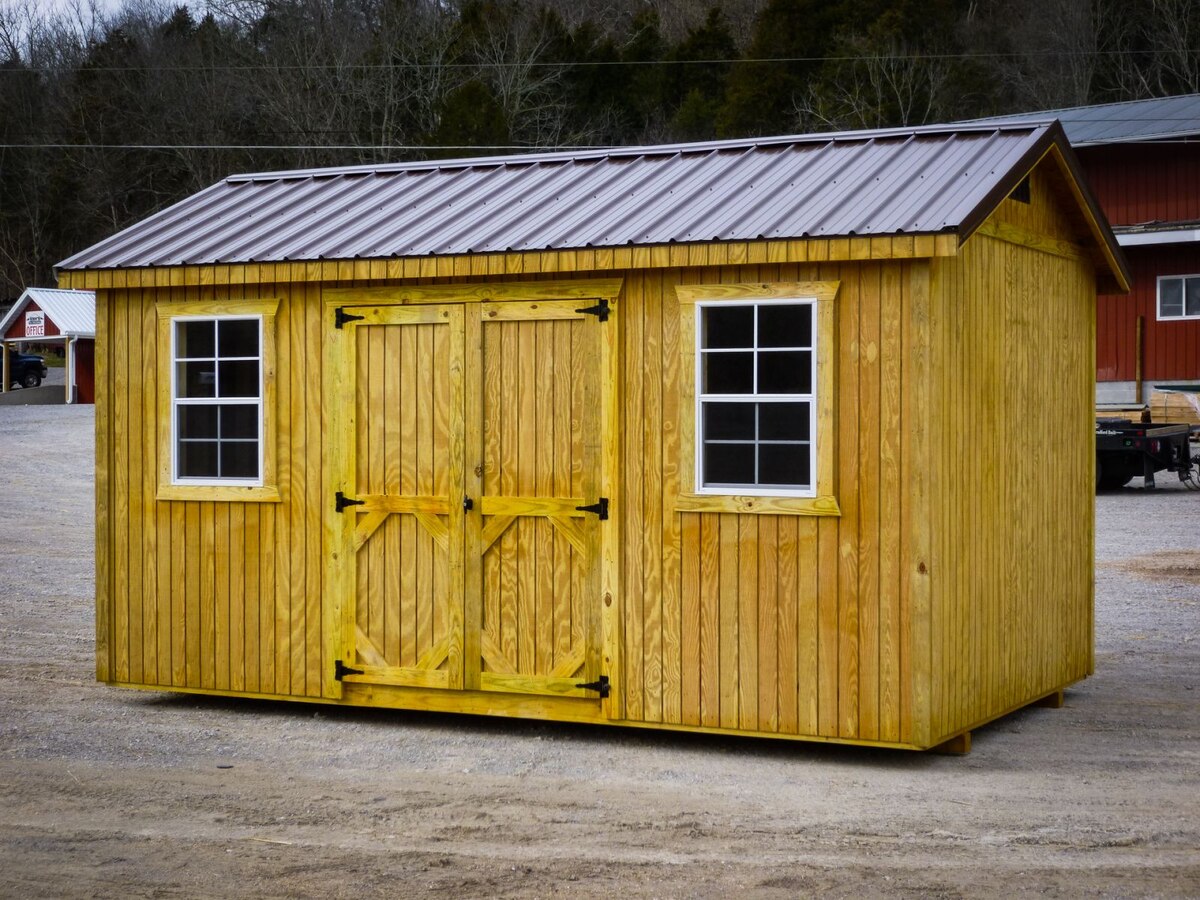

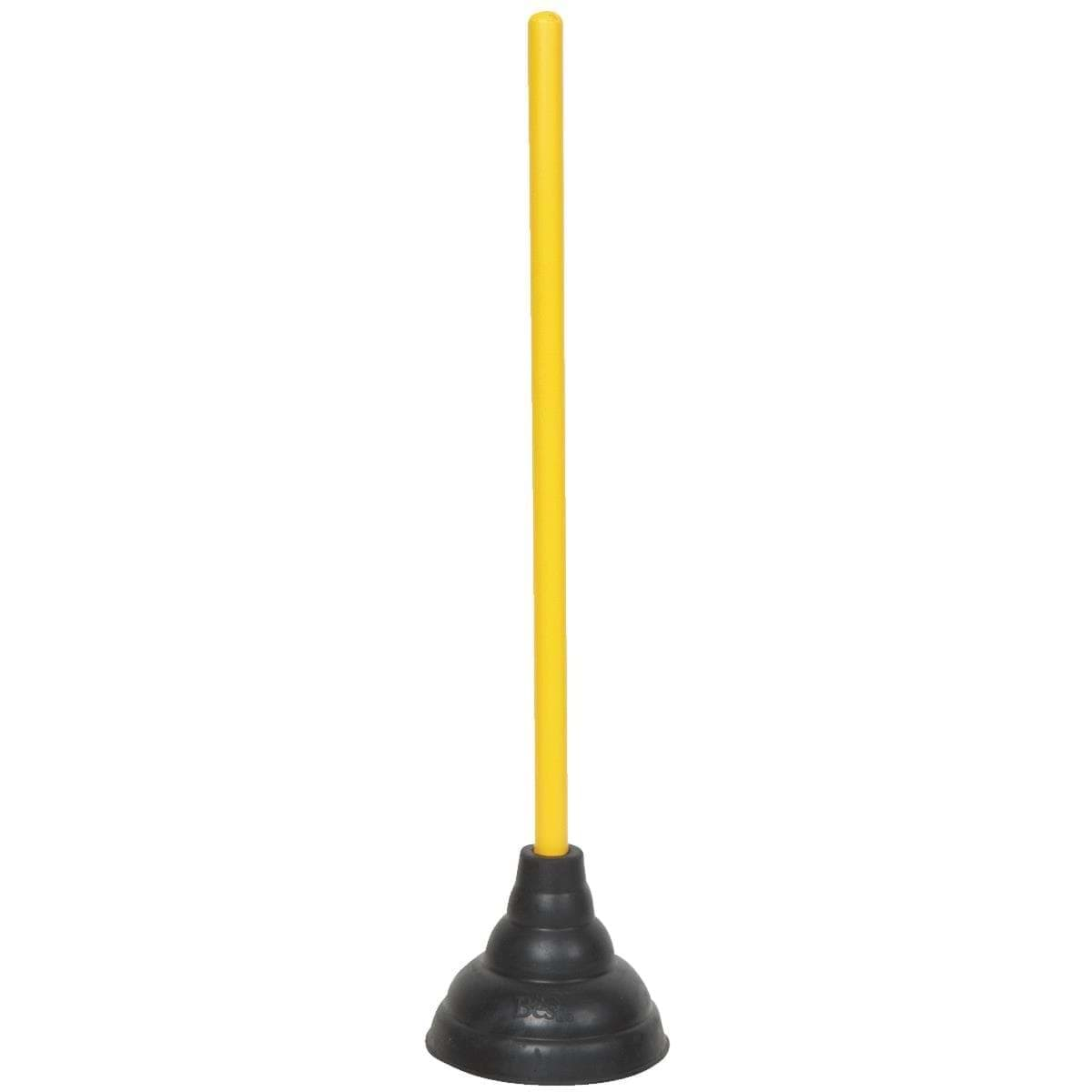


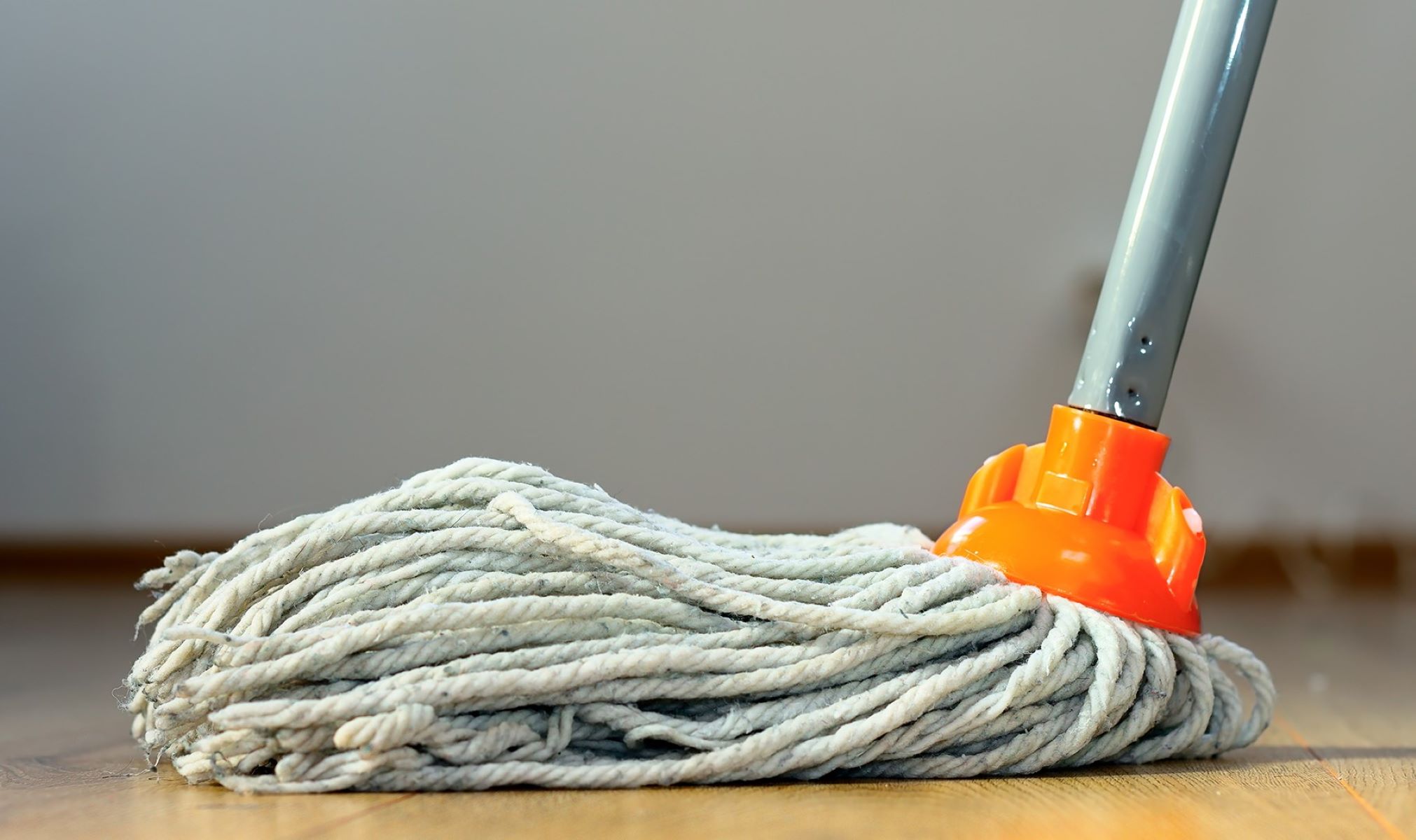

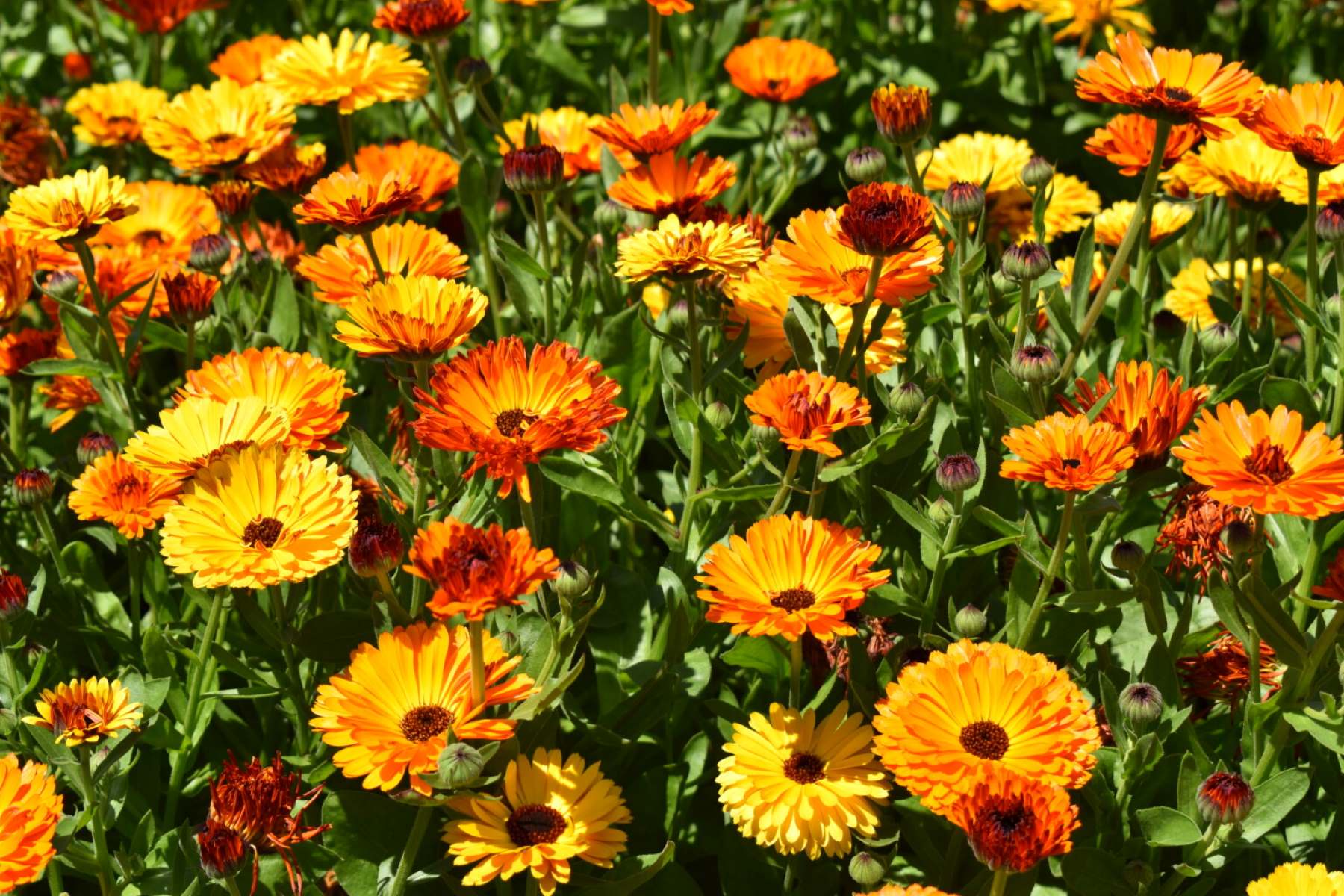


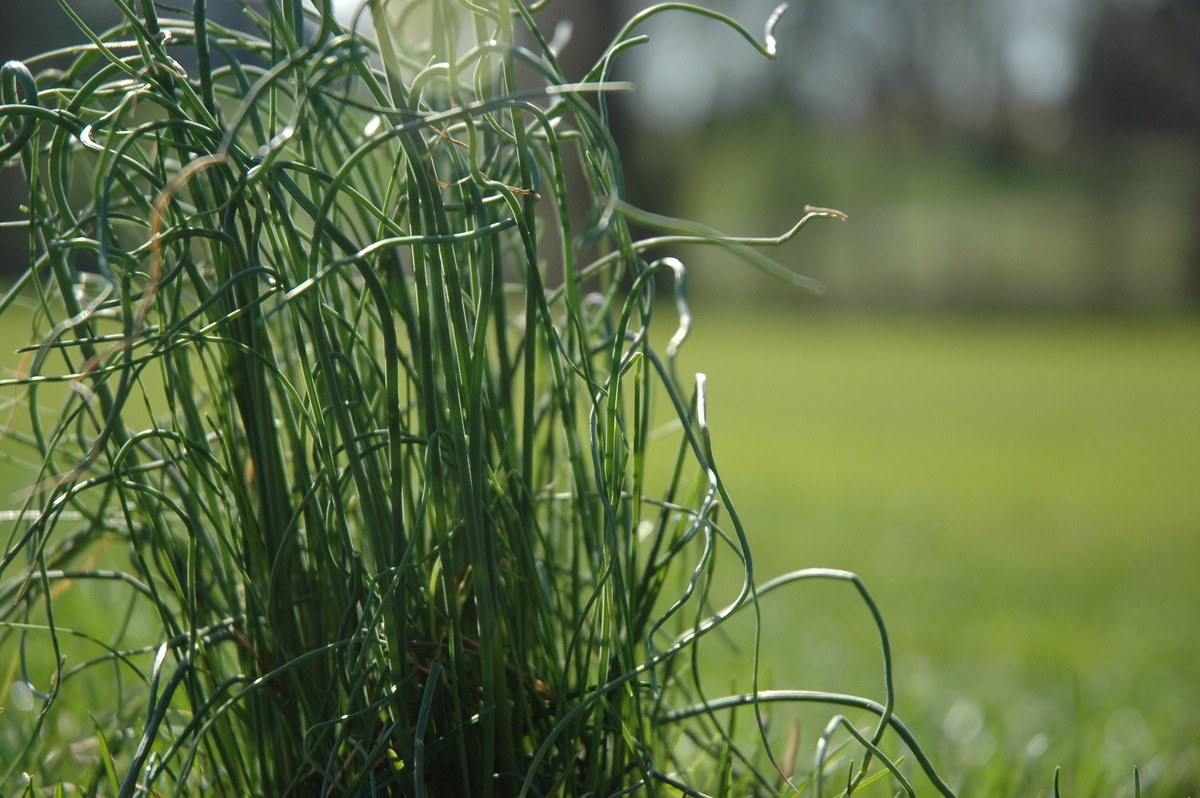
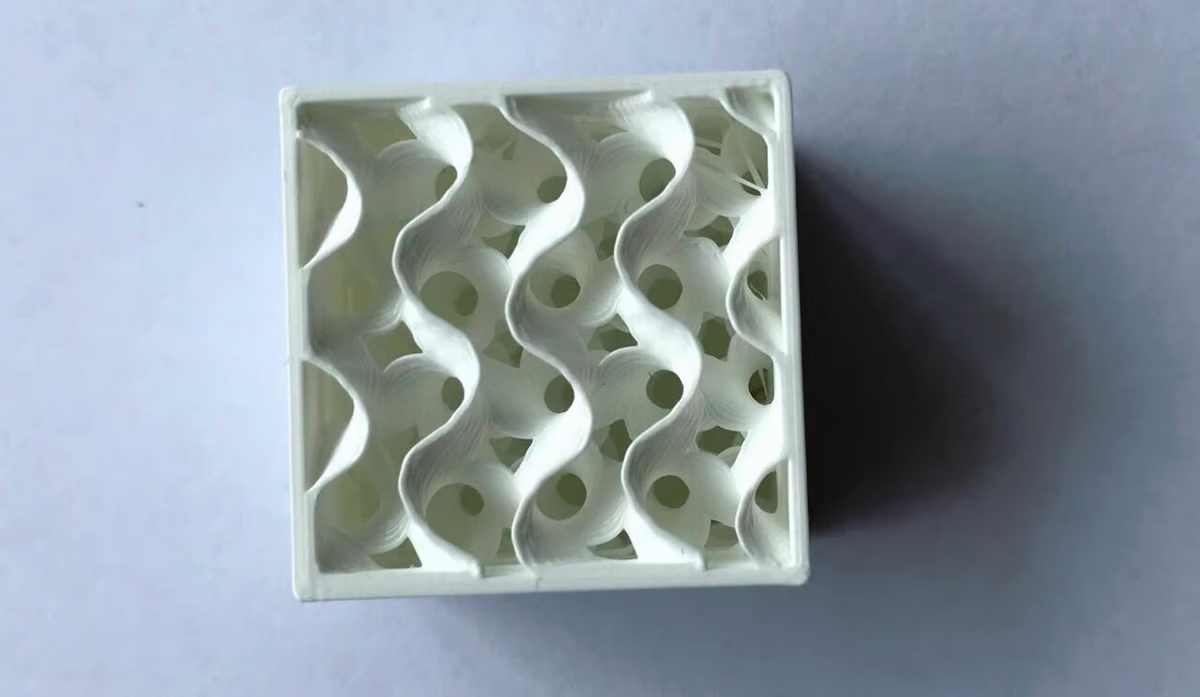

0 thoughts on “What Does Dry Thyme Look Like”